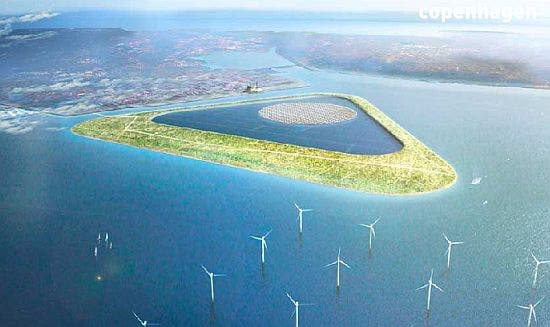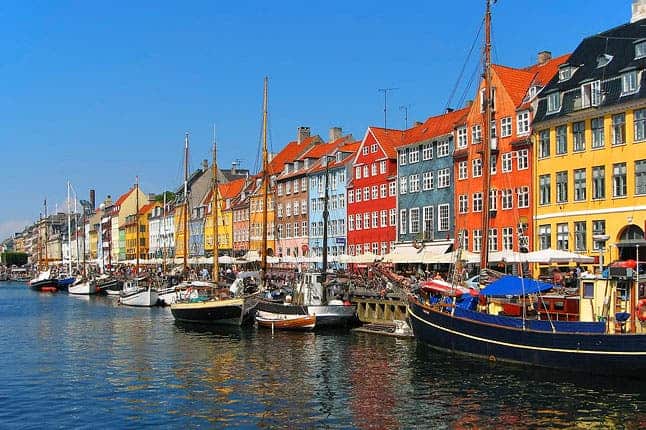Denmark’s climate minister says that the country should ban coal use by 2025 to make the Nordic nation a leader in fighting global warming; other measures he encourages are using bicycles and improving the wind energy infrastructure.

Denmark is already one of the world’s leaders when it comes to green energy. They have considerable oil and natural gas resources in the North Sea and export much of it. In February 2011 the Danish government announced the “Energy Strategy 2050” with the aim to be fully independent of fossil fuels by 2050, and so far, they’ve been quite strict at following the plan. Wind provides 30% of the electricity generated in Denmark, while oil and natural gas usage continue to drop. The country’s two bigest cities, Copenhagen and Aarhus, aim to be carbon neutral by 2025 and 2030 respectively. Another interesting point to note is that 41 percent of people in Copenhagen cycle to work or school, which is more than even Amsterdam, famous for its bikes.
Now, the minister claims that the next logical step is phasing out coal – and this is a very doable thing.
“The cost (of phasing out coal) would not be significant,” Climate, Energy and Building Minister Helveg Petersen told Reuters of a proposal he made this week to bring forward a planned phase-out of all coal use to 2025 from 2030.
Interestingly enough, much of the coal Denmark uses comes from Russia; and now, like most of the European Union, they are considering applying bans to Russia, stopping all energy imports – this would be a great moment to start the end of the dependence on coal.
The Danes are often praised for their green policies. Their carbon emissions fell 25 percent from 1990 to 2012 and they’re well on course for a 40 percent reduction until 2020 – something which the EU has planned to do only in 2030. However, with all the improvements done in renewables, Denmark is still highly reliant on coal – even more so than the European average (though slightly). Copenhagen, the capital has won awards as the world’s greenest capital many times. The city is almost carbon neutral, and they have big plans for the future.
“Creating a green and sustainable society is one of the key goals for Denmark. More than 20 per cent of Denmark’s energy already comes from renewable energy, and the goal is to reach 100 per cent by 2050. Much of the renewable energy comes from wind turbines, where Denmark is a world leader when it comes to developing new technology.
The Danish cycling culture is another example of a green and sustainable society and Copenhagen alone has around 400 km of cycle paths, and about 40 per cent of the capital’s population commute to work by bicycle.”, the country’s official website reads.
Mayor Frank Jensen encourages green policies, and says that this is a great step forward in making cities more pleasant.
“You soon come to the green agenda because families want to have a green city,” he said. Copenhagen’s cycle lanes, for instance, have expanded to 350 kms (220 miles).
However, when it comes to cycling, Copenhagen has it easier than most of the country, which is much hillier and where the weather is worse. But every city in the world has something to learn from Copenhagen – a green city can be both sustainable and efficient. A green city is a pleasant city to live in.







